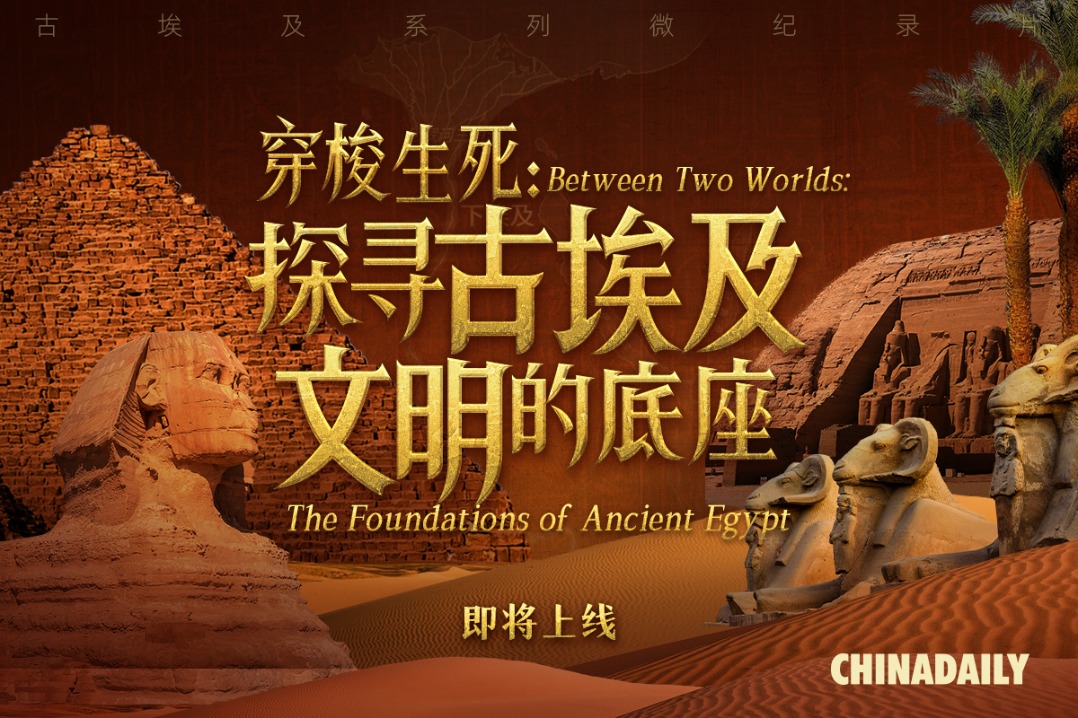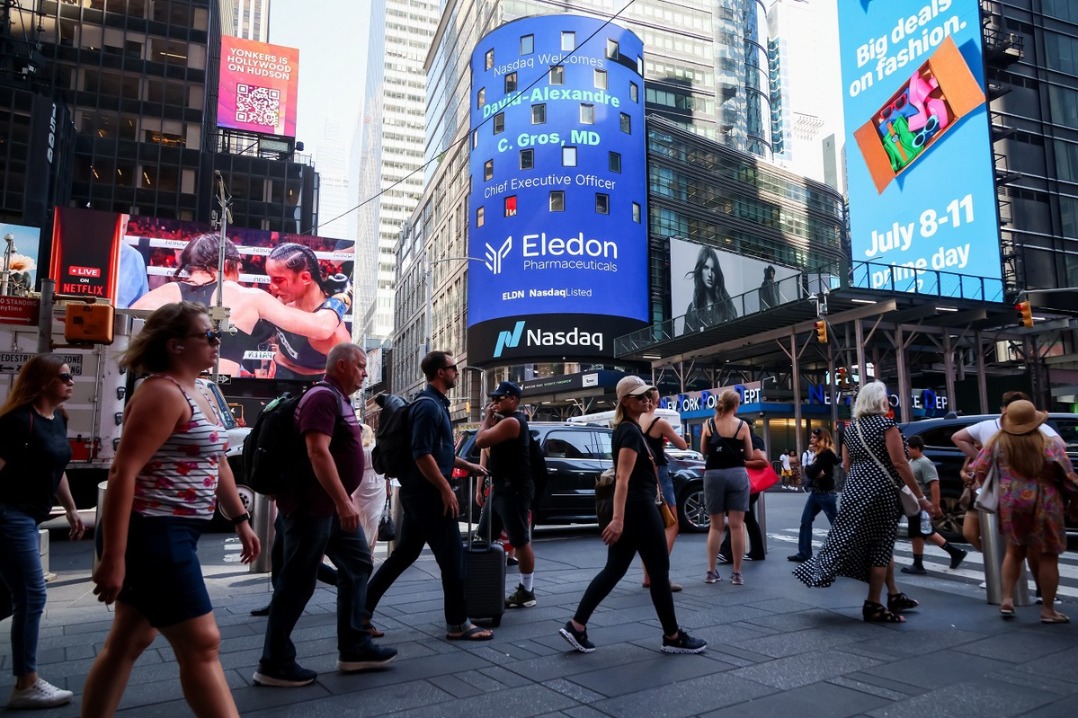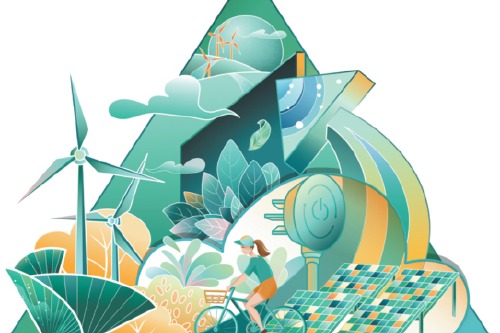Beijing, a city representing 38 years of passion revisited

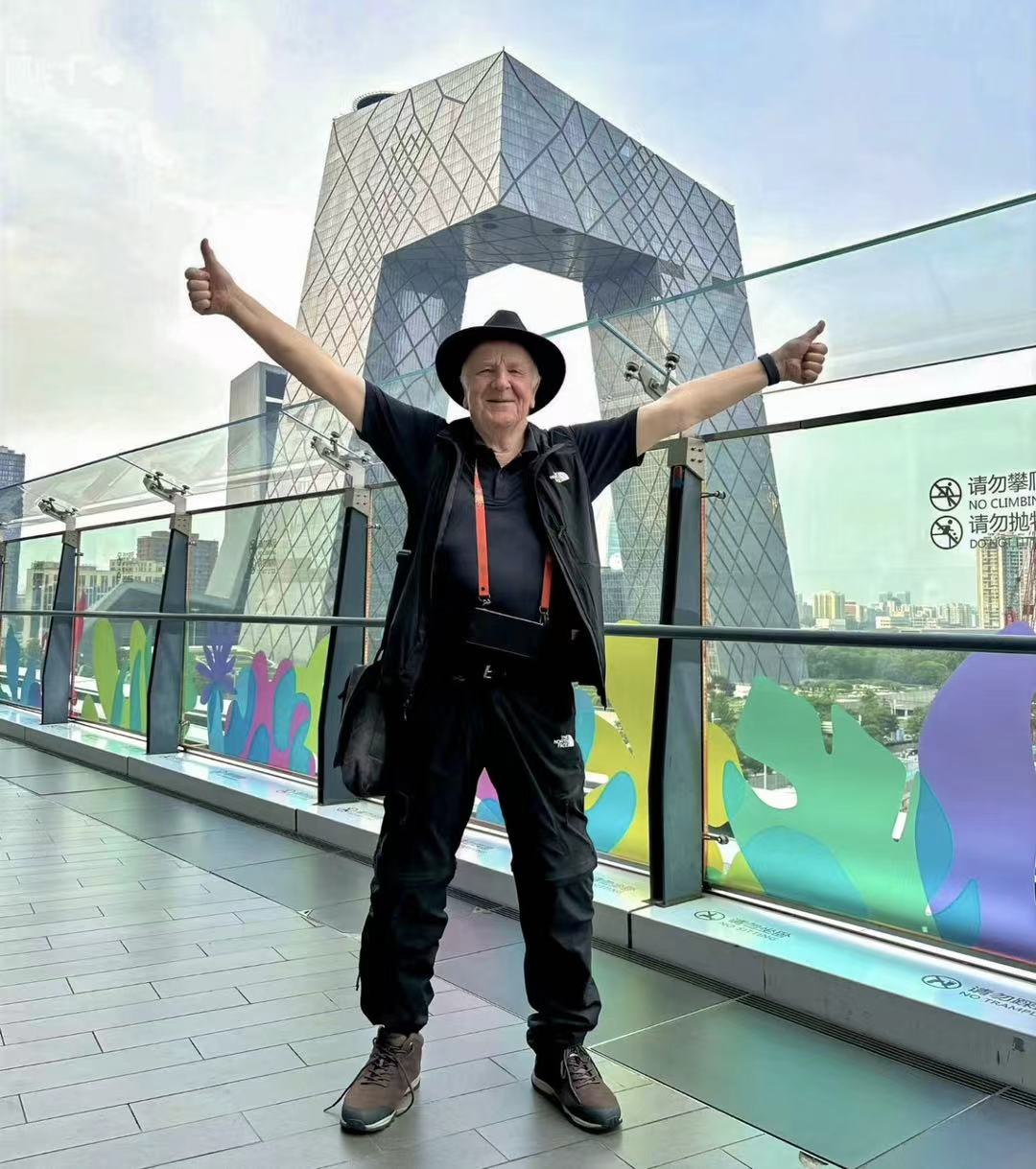
Last May, I reluctantly departed from China, returning to Britain, unsure if I would ever return to the country I had known intimately for over 38 years.
However, the saying, "Absence makes the heart grow fonder" reflected my thinking! Over the past year, China has remained on my mind. Through my extensive photo collection and writings, I mentally transported myself back to the places and people I had encountered. Often, I recalled the warmth of friendships and the love I received over those years. The memories, sounds and feelings remained vivid and I found myself longing to share my experiences of China once again. As time passed, I felt that a return journey was inevitable, particularly to rediscover Beijing.
My first impression of a Chinese city was Beijing in 1987, where I first heard the now-famous words, "Welcome to China. Welcome to Beijing".
Looking back, it was very different then, both in society and infrastructure, compared to today. Yet, I was truly fascinated. For a city of its size, there was an amazing quietness, broken only by the gentle sound of bicycle bells. There was a certain harmony, no rushing or pushing, just going with the flow.
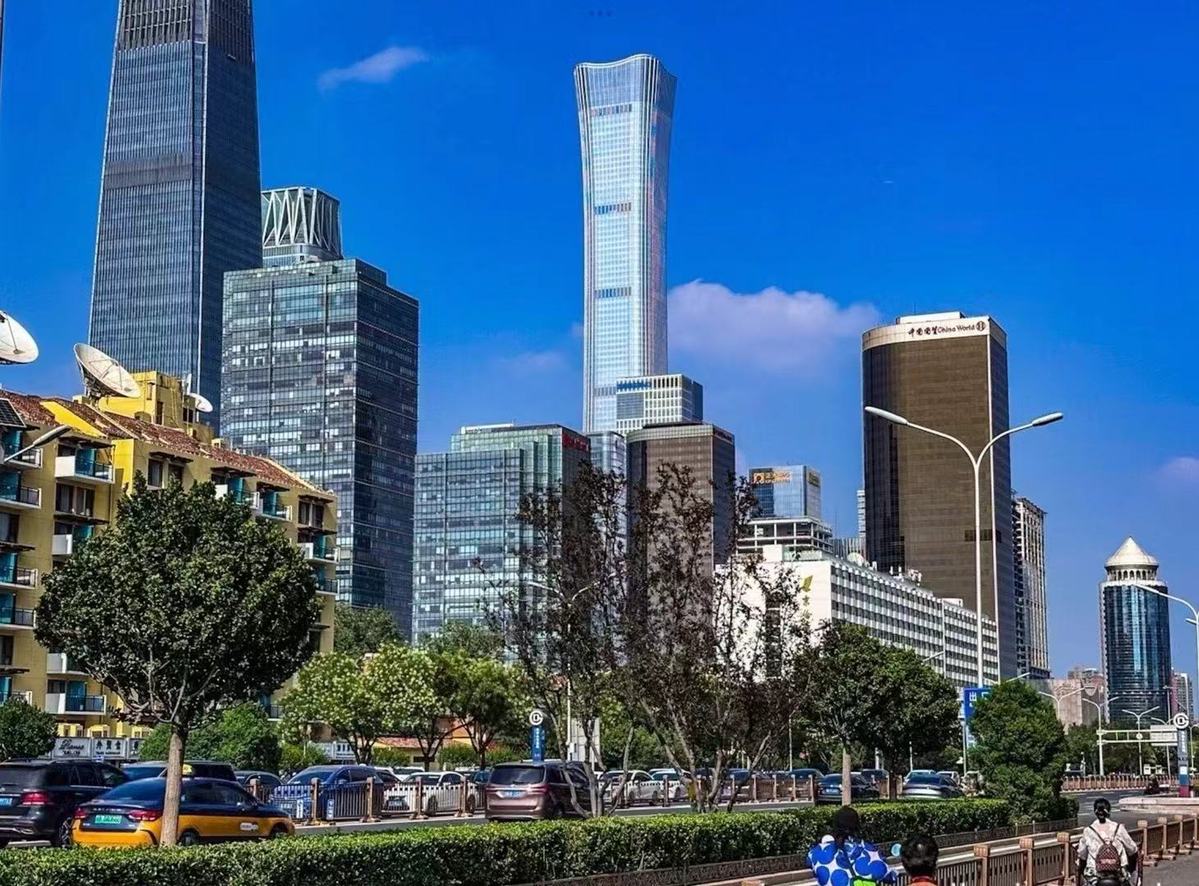
Walking through Beijing's incredible architectural legacy from past dynastic eras left me in awe. How could I even begin to describe the magnificence of the Forbidden City or the vastness and beauty of the Summer Palace?
It would be seven years, in 1994, before I returned to Beijing after living in rapidly changing Guangzhou.
I stayed in a small hotel within a vibrant hutong near Yonghegong (Lama Temple), and this became the starting point for many years discovering, photographing and recording Beijing. A twelve year period with Radio Beijing led to me being known as 'Bruce in Beijing!'
I closely followed how the city was developing, particularly with the Beijing 2008 Olympics and the steady expansion of its metro network. Meanwhile I documented the CBD's growing and increasingly impressive skyline at Guomao, Beijing's CBD area.
In June of this year, as I stepped off a long flight from the UK, I wondered just how much Beijing had changed during my year-long absence. Arriving at Beijing Capital Airport, I quickly realized how much I needed to readjust. I was back in an increasingly high-tech society, where so much is transacted through smartphones with little demand for cash or cards!
On the taxi ride into town, I was amazed at how recent expressway and metro construction had altered once-familiar scenes. However, I was reassured when I spotted a contemporary icon, the 528-meter tall CITIC Tower (China Zun Tower) at Guomao. Reassured, I was back in familiar territory.
I stayed in a hotel near Yong'anli, a short distance from the CBD. From my window, I could see the ongoing construction of Metro Line 17. On my way to my room, a robot delivered some essentials. Amusingly, I thought, "Welcome back to Beijing!" That I had also felt while chatting, through my elementary Putonghua, or Mandarin, to the pleasant hotel receptionists!
I was starting to feel at home, a feeling further enhanced as I walked, despite the heat, along familiar Jianwai street to China World Mall at Guomao. Soon I was standing on the outdoor 6th floor terrace marveling at how modern the city appeared today. Entering a cafe-bar, which had been my regular morning 'office space', I was greeted with "Bruce you are back!" A perfect moment for photos!
A long-time personal passion of mine has always been the city's metro system, which started with only two lines. This time, I particularly wanted to experience the newly opened Line 3. For several years I followed its construction near my former home. Line 10 took me from Guomao to Tuanjiehu, a station I had frequented. From there, the ultra-modern Line 3 transported me a short distance west to the vast Workers' Stadium, hidden below the busy streets. A lengthy escalator carried me up almost to the gate of my former compound! I couldn't help but think how easy my life would have been if I had still lived there!
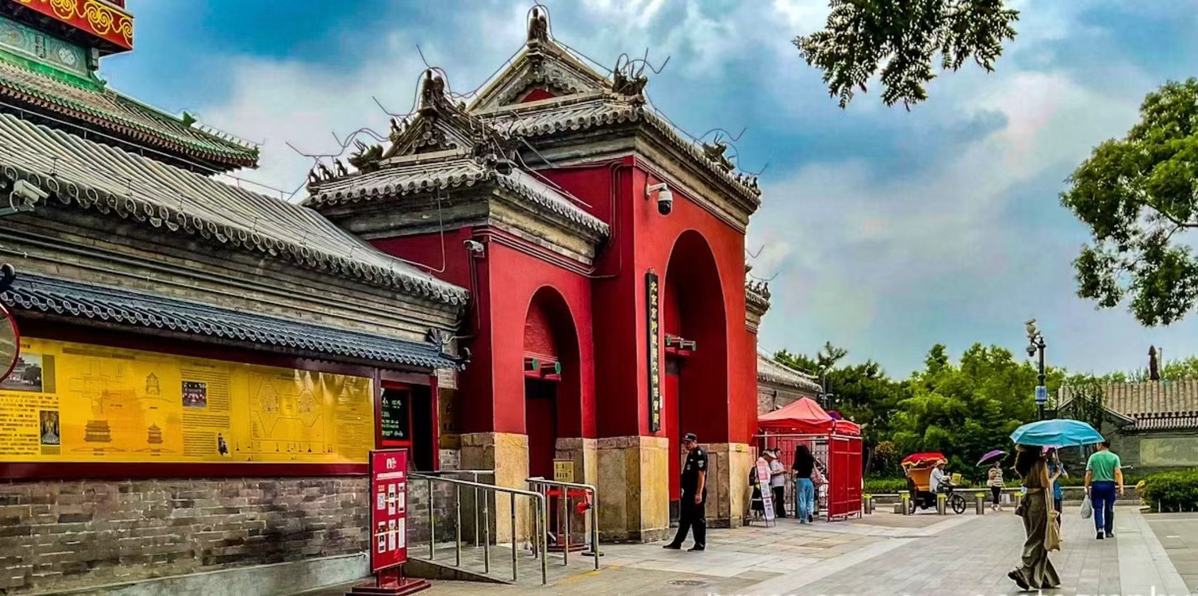
With a background in historic geography, the story of Beijing, has been a lengthy personal study. The city's present layout dates back to the 13th century Yuan Dynasty (1271-1368). The metro system made it easy to visit iconic cites like the Bell and Drum Towers ( Zhonggulou). South from there runs the historic 7.8-kilometer Central Axis Line, recently listed as a UNESCO World Heritage Site.
A short walk from Zhonggulou leads to the tranquil lakes of Shichahai and its iconic Yinding Bridge, superb locations for my photography.
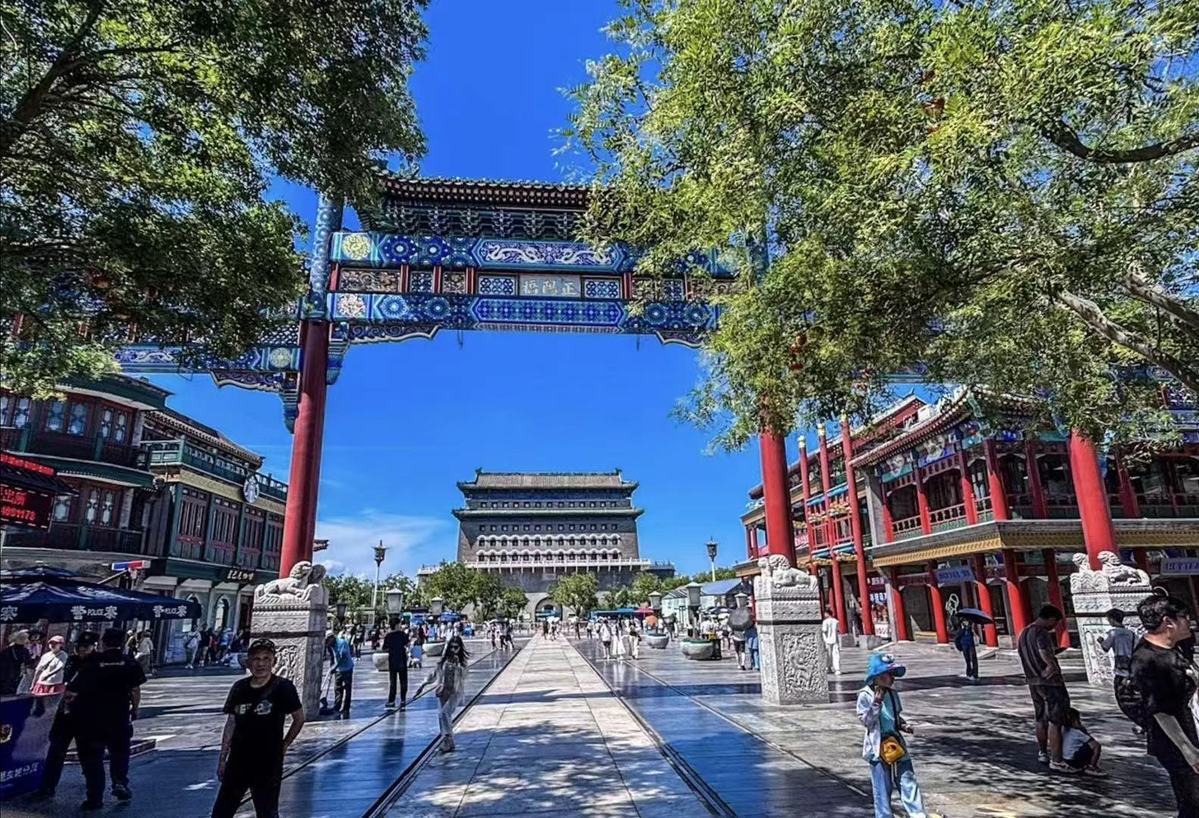
Metro Line 8 transported me to Qianmen, a former defensive gateway between Beijing's Inner and Outer Cities. I revisited the bustling alleys of Dashilar, lined with tiny local restaurants alongside famed silk and shoe shops. Nearby, partly gentrified Yangmeizhuxie Alley is home to some delightful cafes where I could easily spend all day watching local life blend with younger visitors immersing themselves within the feelings of traditional Old Beijing.
Just to the southeast of Qianmen stretches a stunning restoration project, Sanlihe River. Often I took visitors there to explain how increasingly Beijing was focusing on green development leading to the considerable beauty presented by such areas and more across the city. Indeed, what has impressed me every time I revisit Beijing is the sheer cleanliness of the city. It appears today carefully managed while feeling very safe to walk around.
I have been in Beijing long enough to remember the days when coal was a major fuel for heating homes and cooking, particularly within older hutong districts. Today, the city is a leader in creating green environments, helped by the shift to electric buses, taxis and cars.
For many years I lived relatively close to Liangmahe ('Horse Creek River'), once part of an elaborate waterway system dating back to the Yuan Dynasty. A pleasant, often quiet area to walk or cycle, it has transformed during my absence. During warmer summer days, it now offers an increasingly popular focus on water sports. At night, the area bathes in the amazing glow of colored lights. Meanwhile, near Liangmaqiao, several charming restaurants and cafes overlooking the waters are perfect spots for spending warm summer evenings. Indeed it has been a pleasure finding so many great cafes in Beijing today.
During my recent visit, I was asked if I had experienced the Dashanzi 798 Art District lately. I had been a regular visitor there in past years. Accepting the invitation, I went back and was very surprised, impressed with its transformation. Pedestrianisation has created a much improved environment for walking. Also, a new generation of cafes and restaurants has restored its reputation for unique dining amid a heritage of 1950's industrial archaeology. I would certainly recommend a visit there, especially since it's now easily accessible by metro.
What about traditional old Beijing life? Despite the city's steady progress, it is a delight to find that everyday features remain, such as the famed markets. Sanyuanli is one, renowned for its wide range of vegetables and spices. Walking around, I could sense the various aromas from its stalls, bringing back many memories.

There were many moments of real happiness during my visit to Beijing, but one really stands out. Some years ago, I was invited to provide a series of photographs on Beijing for One East restaurant at the Hilton Beijing, which led to a long friendship. Recently, I was invited back to attend a meeting at that restaurant, and to my surprise, a totally unexpected presentation had been arranged by the hotel management. I was given an amazing portrait, the work of staff member, Guo Shuhui. It featured myself as a photographer in China. Earlier that day, I had been invited to photograph his weekly martial arts display in the hotel lobby.
Such wonderful moments will always be a memory and reminder of the happiness and love I received in Beijing and across China over many years. It's one of many reasons I will always return to China.
Bruce Connolly is a photographer and writer from Scotland who has lived in China for over 30 years. The views don't necessarily reflect those of China Daily.
If you have a specific expertise, or would like to share your thought about our stories, then send us your writings at opinion@chinadaily.com.cn, and comment@chinadaily.com.cn.


















